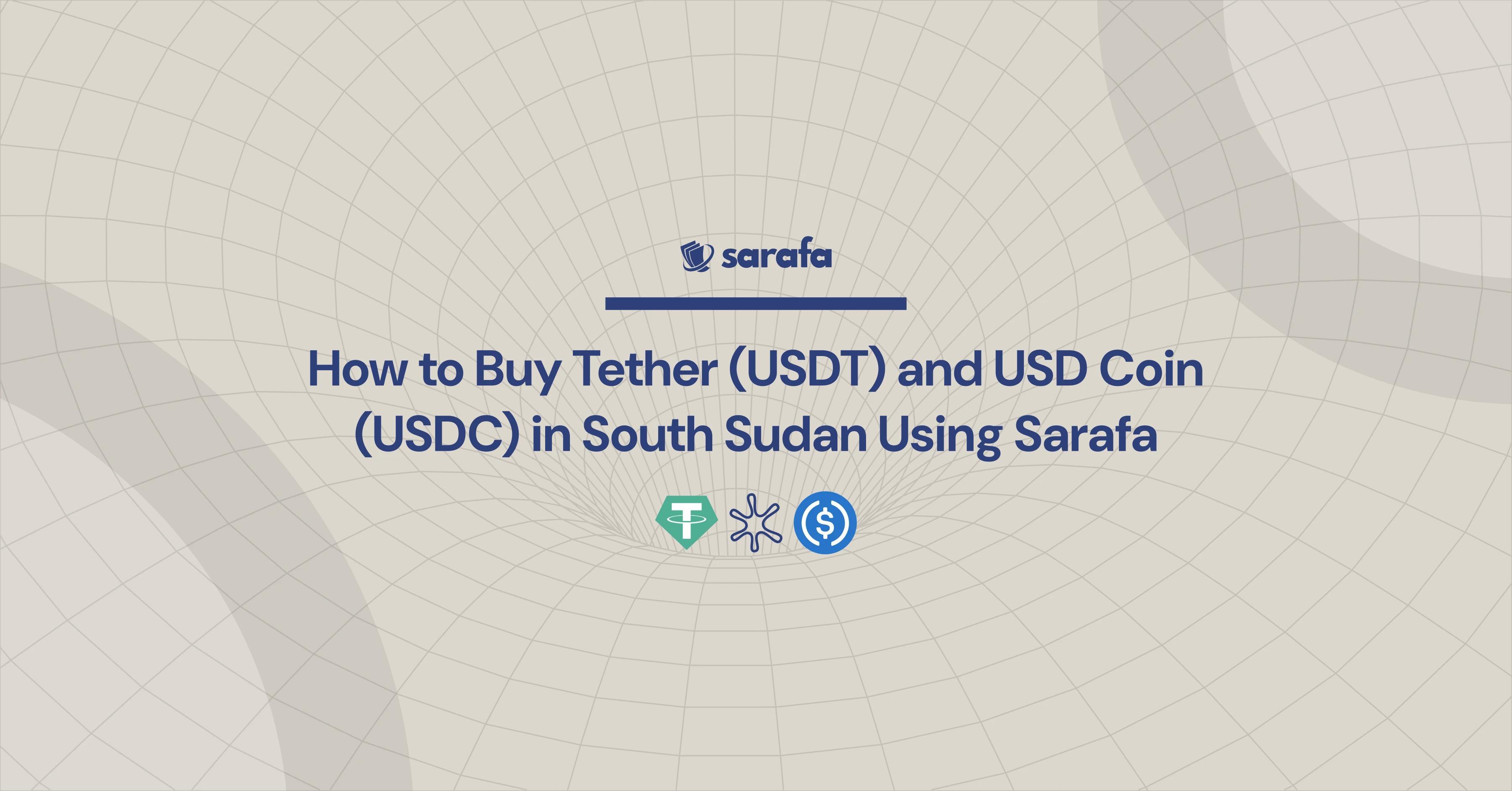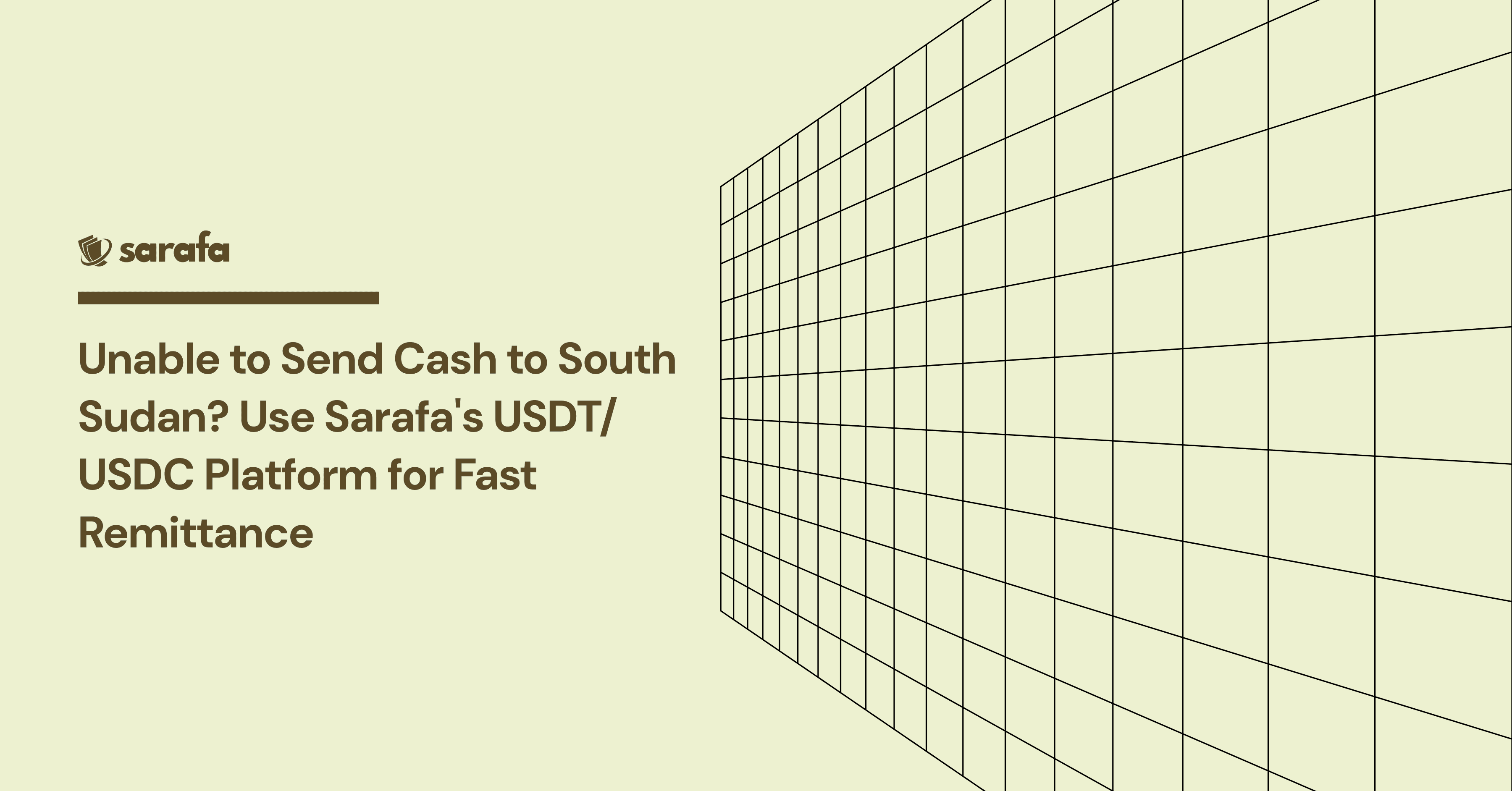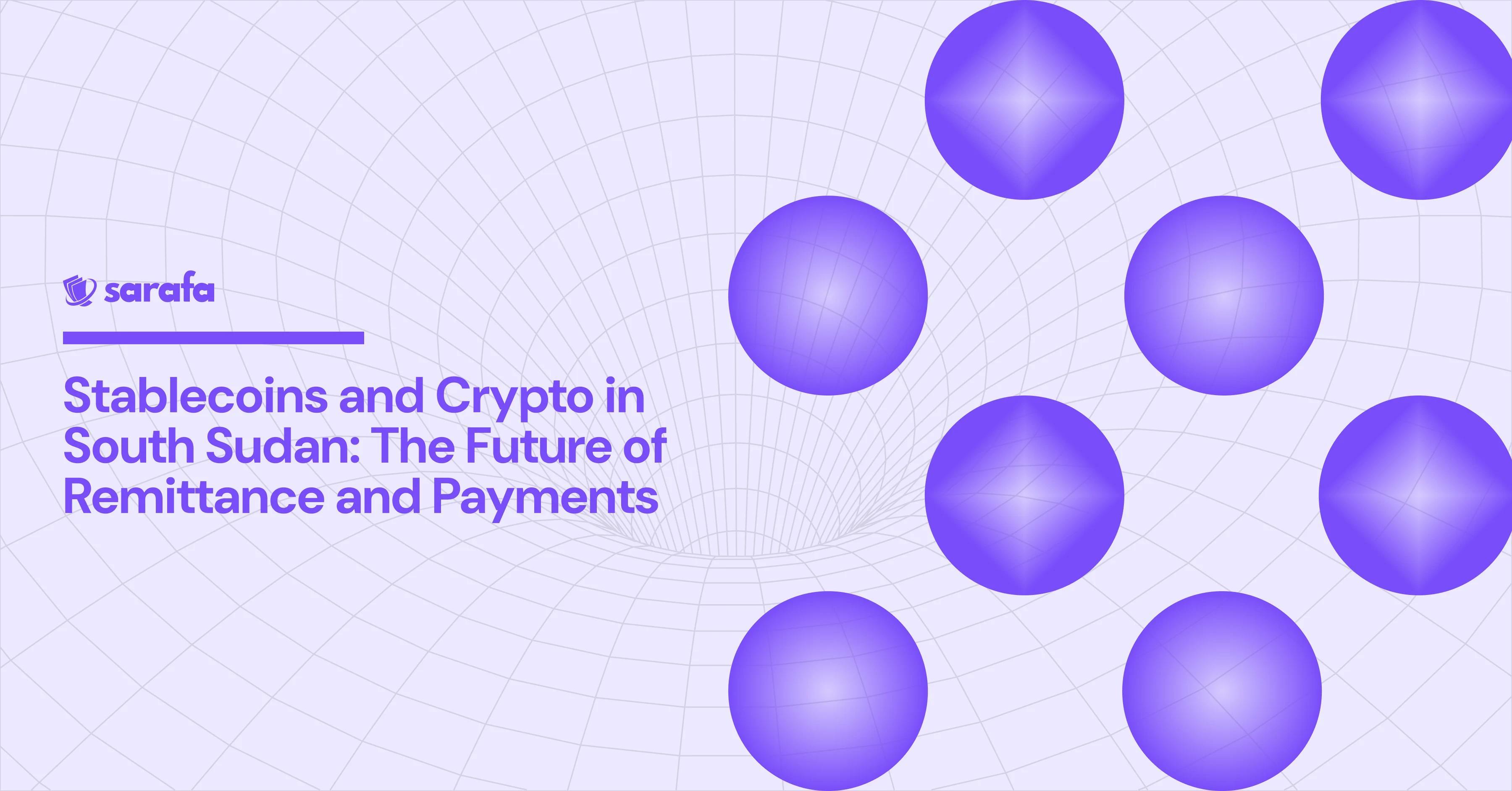South Sudan sits at a critical crossroads in its economic journey. While the nation continues to face macroeconomic instability, limited banking infrastructure, and volatile inflation, a quiet technological shift is taking place, one that could reshape how people hold, move, and trust money.
At Sarafa, our work in cross-border finance has exposed us to the deep structural challenges that individuals and businesses face in countries like South Sudan. But it has also revealed a powerful opportunity, the rise of stablecoins as a financial lifeline.
A Hedge Against a Fading Currency
Over the last two years, the South Sudanese Pound (SSP) has lost over 500% of its value against the US dollar. Saving in South Sudanese Pounds (SSP) is no longer viable.
For everyday South Sudanese whether salaried workers, traders, or farmers this means their purchasing power is evaporating.
According to Prof. Steve Hanke, South Sudan ranks among the countries with the highest inflation in the world, currently experiencing annual rates exceeding 100%. Local data from the South Sudan National Bureau of Statistics confirms this trend, with the Consumer Price Index (CPI) indicating consistent rises in the cost of essential goods, including food, transport, and healthcare.
Why Stablecoins Matter Now
Stablecoins like USDT (Tether) and USDC (USD Coin) are digital currencies backed 1:1 by real dollars. They offer:
- Inflation protection: Unlike SSP, stablecoins maintain parity with the U.S. dollar, preserving value in volatile economies.
- Faster, borderless transfers: Whether it’s remittances, payments to suppliers, or NGO disbursements, stable coins eliminate the friction of traditional international banking.
- Accessibility: With just a smartphone and internet connection, users can store and send stable digital value no bank required.
In a region where cash is still king and banking penetration remains low, this technology allows users to leapfrog outdated infrastructure.
Local Partnerships for Local Impact
We recognize that fintech solutions must be rooted in local context. That’s why Sarafa is proud to partner with Regent African Bank and Buffalo Commercial Bank to bridge stablecoin finance with South Sudan’s local financial system.
Through these partnerships, we’re building a hybrid model:
✅ Digital dollar rails (USDT/USDC) for cross-border efficiency
✅ Local cash pickup and payout points via trusted bank branches
✅ Stablecoin-to-fiat off-ramps for market traders, NGOs, and informal businesses
Together, we’re creating a safer, more efficient way for South Sudanese to store and move value.
Our Vision: A Unified Payment System for South Sudan
Looking ahead, Sarafa is laying the foundation for a unified national payment system built on stable coin infrastructure. This system will:
- Enable instant domestic and cross-border payments
- Support interoperability with mobile money and bank accounts
- Offer APIs and SDKs for local fintechs and developers
- Provide merchant tools for retailers and small businesses
- Ensure compliance with regional and global financial standards
Our goal is to make digital dollars as accessible and reliable as airtime, and build an inclusive financial network that connects South Sudan to the global economy.
Conclusion: Building Forward Together
Stablecoins are not a silver bullet. We must continue to work with policymakers, banks, civil society, and the private sector to address infrastructure, education, and regulatory gaps. But if we get it right, stablecoins can be the cornerstone of a more stable, inclusive, and connected South Sudan.
At Sarafa, we believe in that future. And we’re building it, block by block, transaction by transaction, with local partners and global tools.




